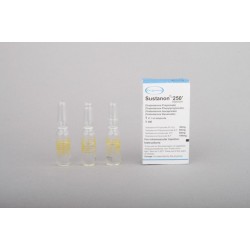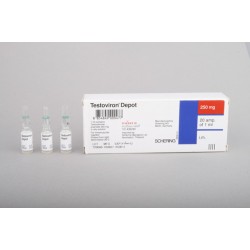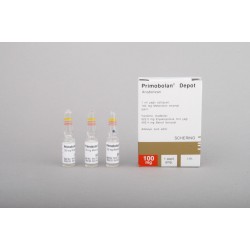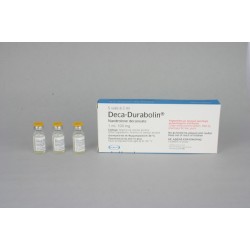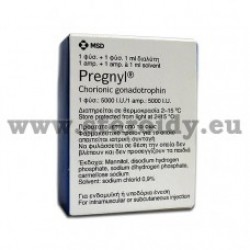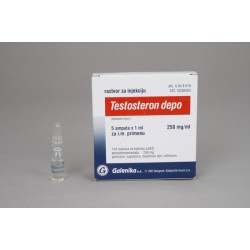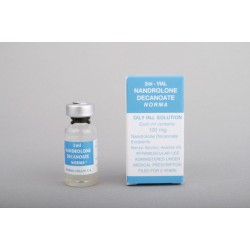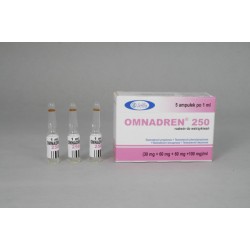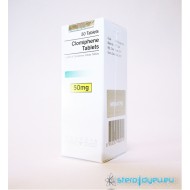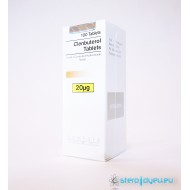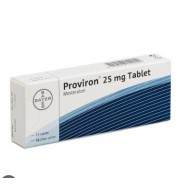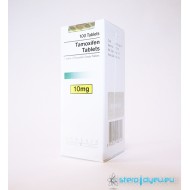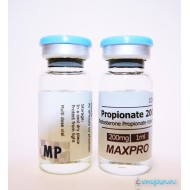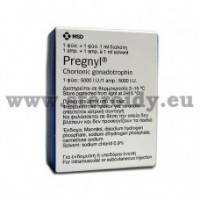
Trade Names: hCG, Ovidrel, Pregnyl
Chemical Names: Gonadotrophin
Routes: Intramuscular or Subcutaneous
Human chorionic gonadotrophin (hCG) is a glycoprotein hormone produced during pregnancy in humans. I was first discovered in 1920 and later sold under prescription to the market in 1932 as Pregnyl. At that time the hormone was extracted from animal pituitary glands. In the 1940’s new manufacturing techniques were developed that allowed for the hormone to be extracted from purified urine obtained from pregnant women. In the case of Pregnyl this is still done to this day. Recently new techniques of recombinant DNA modification allowed for a new synthetic product called Ovidrel. Other than the differences in manufacturing processes there are some notable differences in effects between Pregnyl and Ovidrel.
Pregnyl only have minimal effect on Follicle Stimulating Hormone (FSH) and primarily mimic luteinizing hormone (LH). Where Ovidrel is much more superior to Pregnyl, is that it stimulates FSH, LH and TSH (Thyroid-stimulating hormone) production simultaneously thus repairing your testosterone function, sperm production and thyroid function in one go. This is useful because when exogenous anabolic steroids are put into the male body, natural negative-feedback loops cause the body to shut down its own production of testosterone via shutdown of the hypothalamic-pituitary-gonadal axis (HPGA). This causes testicular atrophy, among other things. hCG is commonly used during and after steroid cycles to maintain and restore testicular size as well as normal testosterone production.
High levels of steroids, that mimic the body's natural testosterone, trigger the hypothalamus to shut down its production of gonadotropin-releasing hormone (GnRH) from the hypothalamus. Without GnRH, the pituitary gland stops releasing luteinizing hormone (LH). LH normally travels from the pituitary via the blood stream to the testes, where it triggers the production and release of testosterone. Without LH, the testes shut down their production of testosterone. In males, hCG helps restore and maintain testosterone production in the testes by mimicking LH and triggering the production and release of testosterone. See the PCT article for how this protocol is applied. If hCG is used for too long and in too high a dose, the resulting rise in natural testosterone will eventually inhibit its own production via negative feedback on the hypothalamus and pituitary gland.
hCG are injected intramuscular or subcutaneously using insulin syringes. Since hCG stimulates testosterone production, estrogenic and androgenic side-effects might be experienced. However hCG usage is often accompanied by some form of anti-estrogen and that will keep estrogen levels in check. Pregnyl should be stored in a refrigerator between 2°-8°C and once reconstituted it will gradually decrease in potency and eventually lose all effectiveness in about 3-4 weeks. Ovidrel on the other hand only requires storage of below 25°C and is very stable even in a reconstituted state and will last for well over 30 days even at room temperature. Take care when handling any reconstituted peptide hormone as the DNA chains are very fragile and easily destroyed when the vial is shaken or dropped.
Unlimited Blocks, Tabs or Accordions with any HTML content can be assigned to any individual product or to certain groups of products, like entire categories, brands, products with specific options, attributes, price range, etc. You can indicate any criteria via the advanced product assignment mechanism and only those products matching your criteria will display the modules.
Also, any module can be selectively activated per device (desktop/tablet/phone), customer login status and other criteria. Imagine the possibilities.
- Brand: N. V. Organon Oss, Holandsko
- Model: 58
- Weight: 0.00kg

